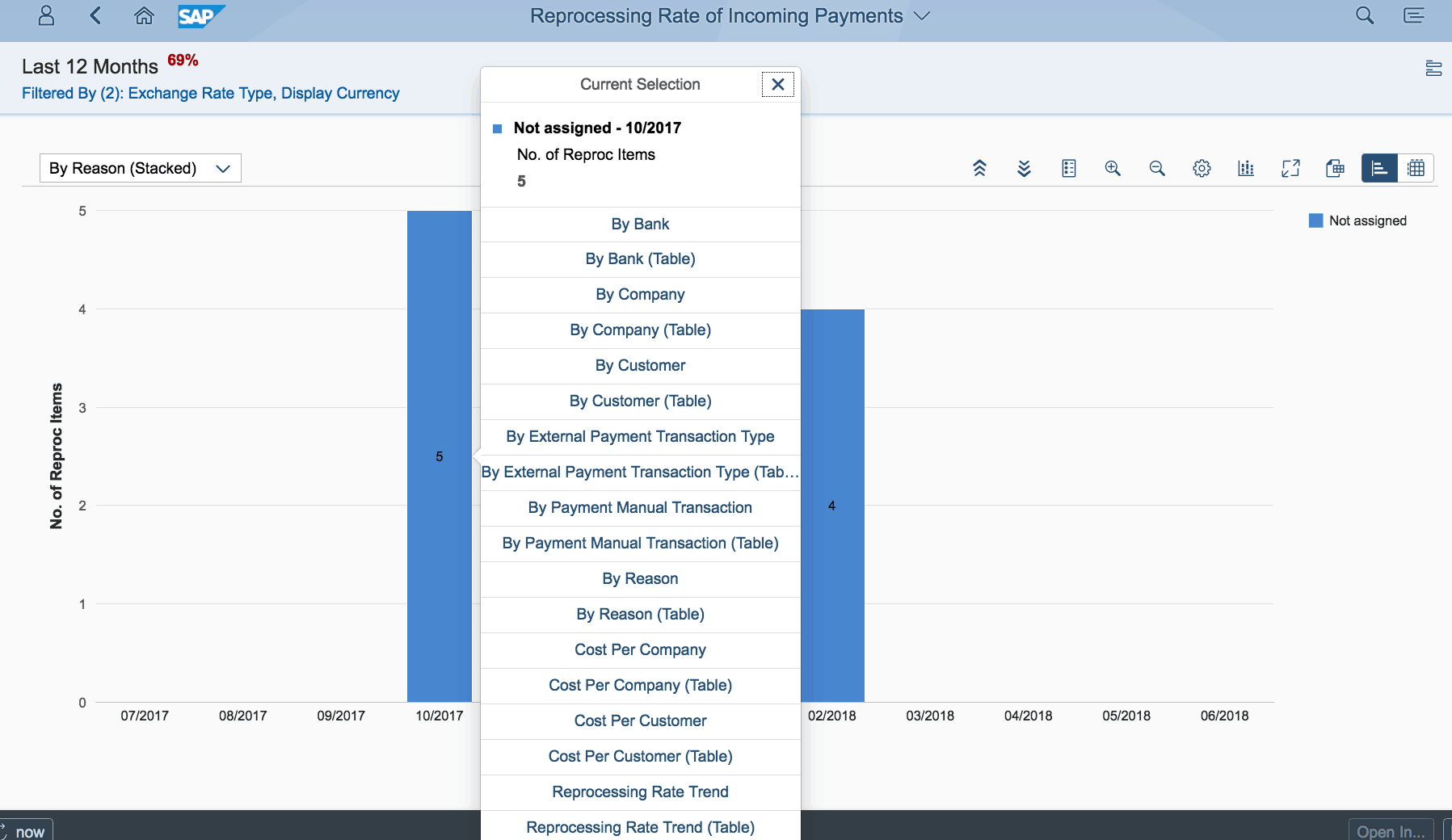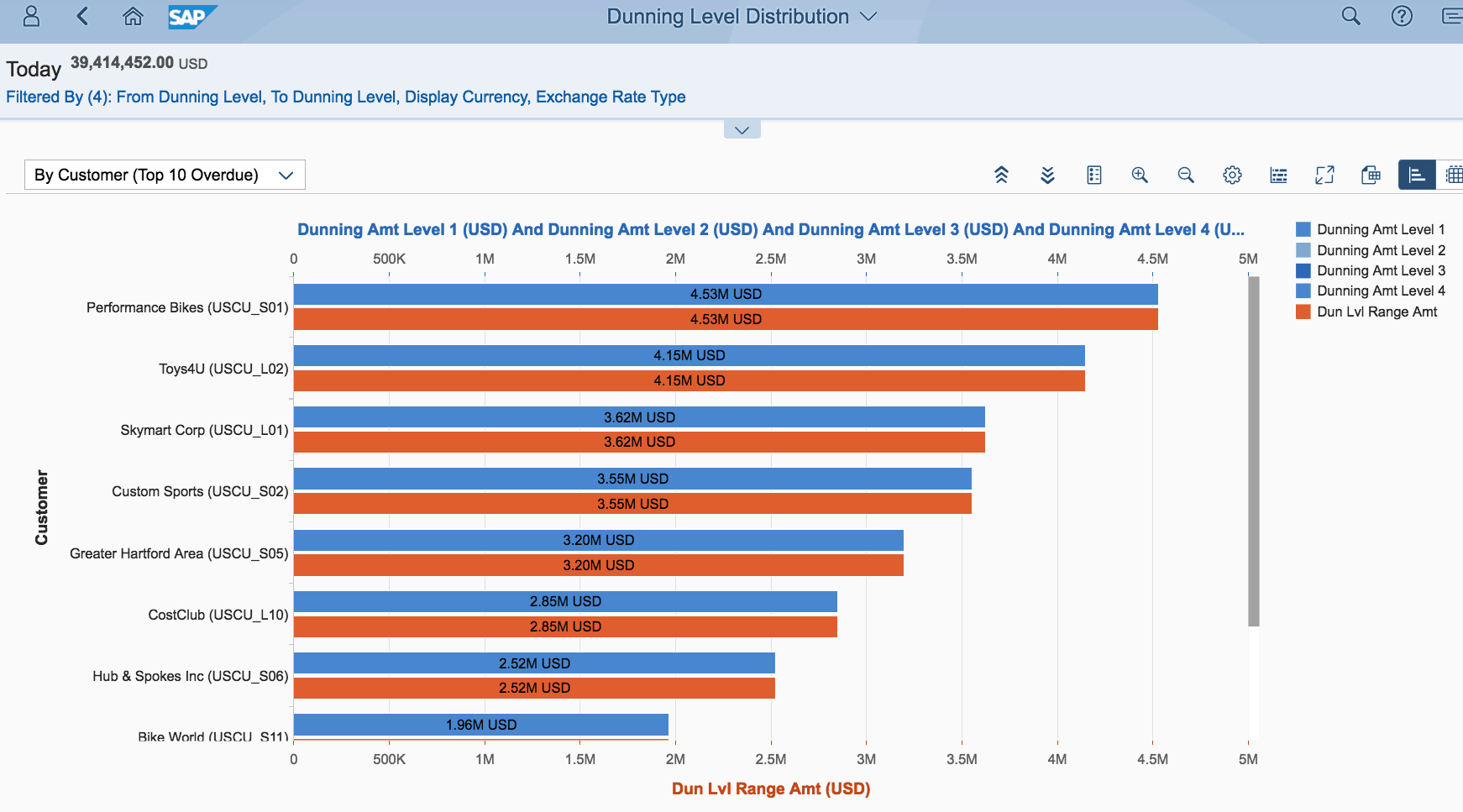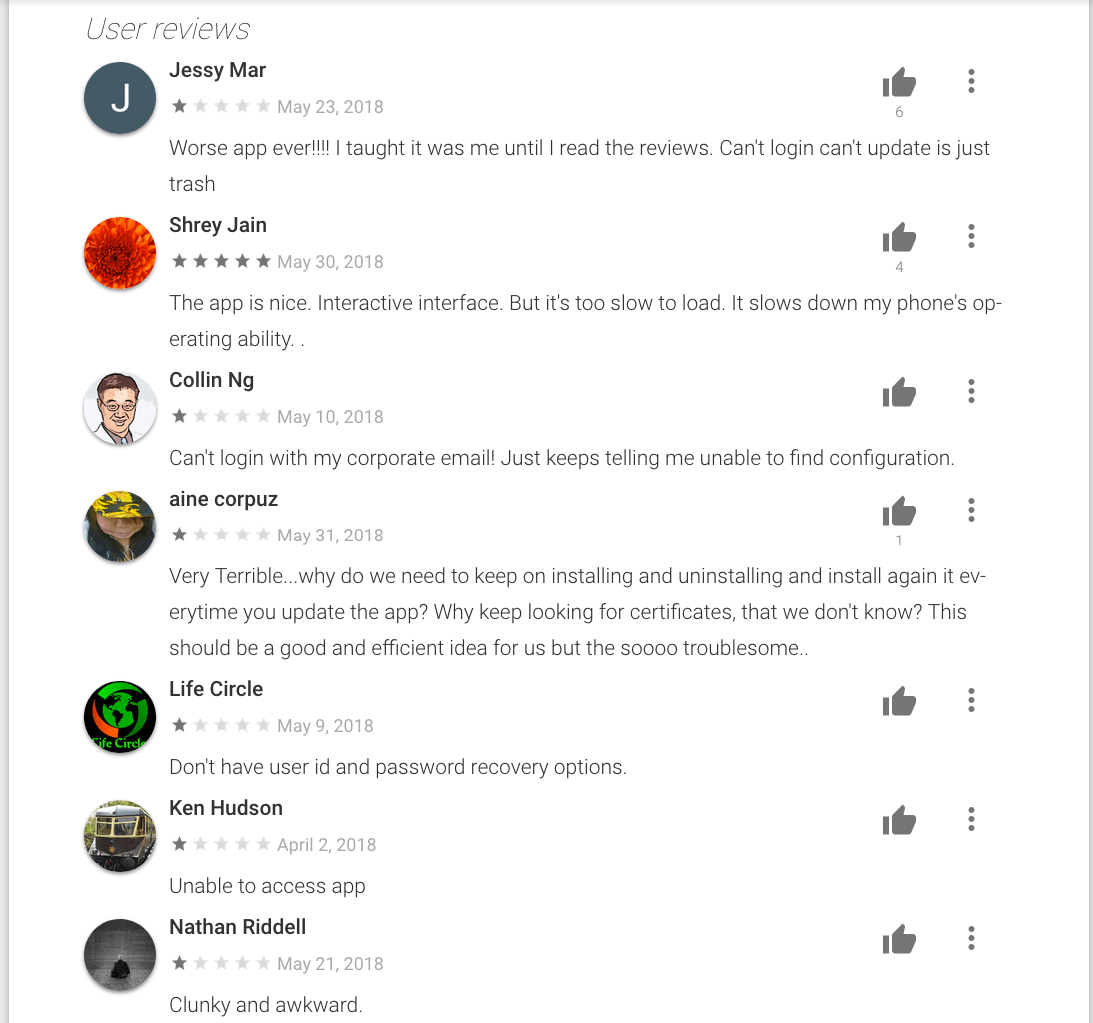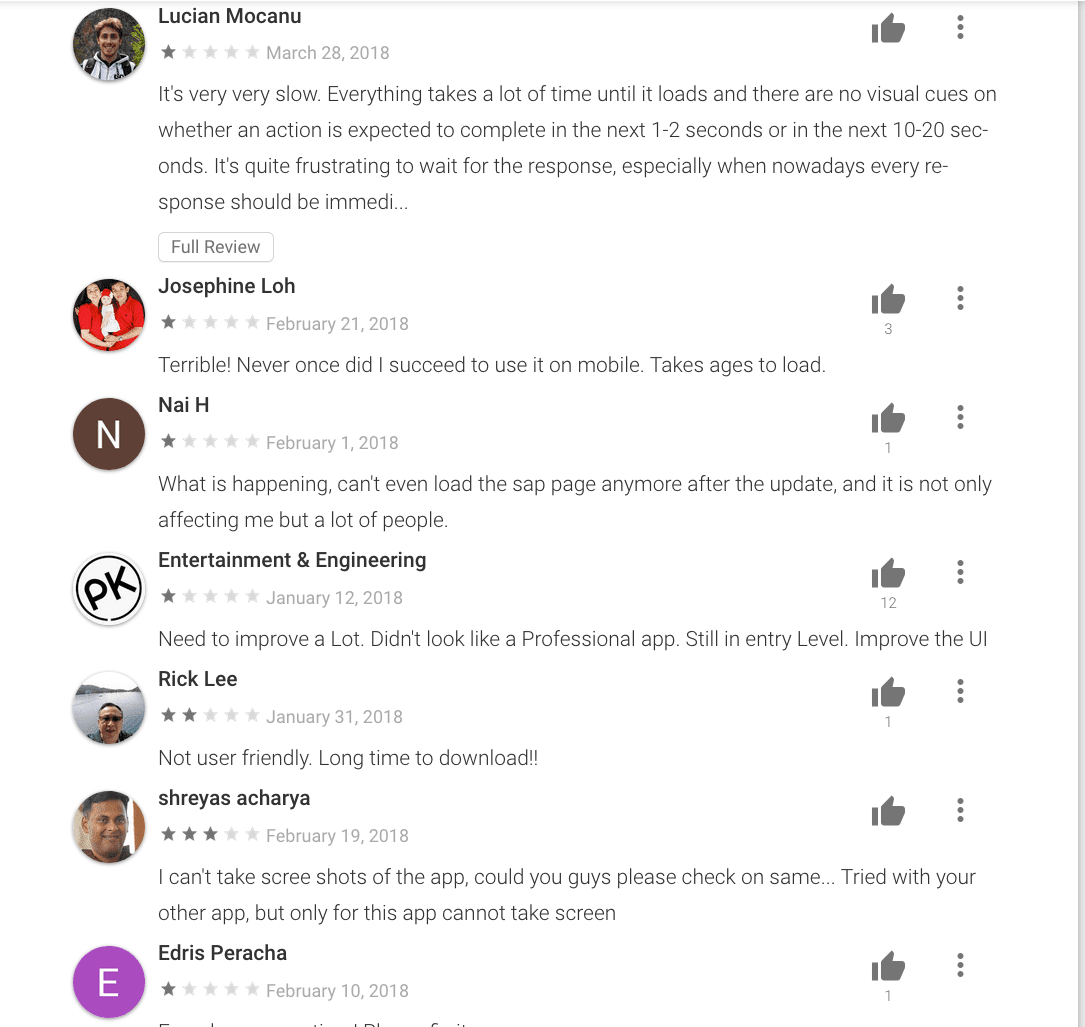What Detailed Functional Testing of SAP Fiori Shows
Executive Summary
- Most claims about how Fiori will improve the user experience of S/4 HANA are based on marketing material from SAP.
- Our testing shows that SAPGUI is still better than switching to Fiori.

Introduction: The Reality of Fiori
SAP has made grand claims around Fiori, which have gone unchallenged in the marketplace. You will learn about our Fiori testing and the results for both SAP customers and vendors that compete with SAP.
Our References for This Article
If you want to see our references for this article and other related Brightwork articles, see this link.
Notice of Lack of Financial Bias: We have no financial ties to SAP or any other entity mentioned in this article.
How the Normal Population Comes to Learn About the Fiori Client
SAP has spent so much time talking about how web-enabled Fiori client is for S/4HANA. It is worth mentioning how little in the way of research usability exist on Fiori. If you look closely at what is primarily published about Fiori, it nearly always can be traced back to very positive statements by SAP. The statement is either from SAP itself or from an SAP partner that is just repeating the information provided by SAP. There is little to no actual analysis of Fiori’s capabilities outside of a promotional context. If you analyze some articles, Fiori’s usability assumptions are made without ever being investigated.
A Typical Unexamined Assumption Laden Quotation
The following quotation from TechTarget is a prime example of this.
“SAP exemplifies why and how ERP vendors are changing their attitude about usability. Over the years, many SAP customers have struggled with the ERP user experience and have either tried to work with or around the complex and monolithic applications as is, or poured resources into usability work performed in-house or by implementation partners.
And this is where Fiori — SAP’s new role-centered way of thinking about application design — comes in. Powered by a combination of SAPUI5 (its HTML5 user interface control library) and NetWeaver Gateway, Fiori applications aim to present an individual with the on-premises ERP information they need to execute routine tasks across a variety of devices.” – TechTarget
Research Based Conclusions or Repetition of SAP Marketing Messaging?
Notice how no research was required to write this paragraph. It merely holds out the assumption that Fiori will provide a better user experience. And where did the author get this information?
From testing Fiori?
From observing Fiori at companies?
No (this article was written in March 2014 before Fiori was live much of anywhere). The assumption was given to TechTarget by SAP (which also pays TechTarget to capture sales leads).
Coverage after coverage on Fiori is the same type of unexamined assumption.
The Real State of the Fiori Client
We never see several things about Fiori, but that comes across very clearly in our Fiori testing.
This is not an exhaustive list but a sampling of Fiori issues that we don’t see given coverage.
- Speed/Latency: Fiori is slow. Mainly from the first entry from the Tile to the first screen of the transaction. Every time we test Fiori, we notice this. We have measured its speed on all different types of Internet connections and have validated that it has nothing to do with the connection speed.
- Restricted Browser Functions: The new tab functionality in browsers is disabled in Fiori. This is another issue that goes unmentioned in the coverage of Fiori. This means you cannot directly open a new tab or window to work on a different area of S/4HANA. Yet, this is a fundamental aspect of browsers. And it is for a reason. It is essential to be able to switch between views to get one’s work done. One can open up S/4HANA Cloud in a new session in a new tab, but it requires a new login, which is time-consuming. It means that one cannot branch to a new view but must re-navigate to the new tab or tab locations.
- A Reporting UI Primarily? Fiori is far ahead of SAPGUI when it comes to reports and charts (as SAPGUI can’t do them at all) but significantly behind SAPGUI when it comes to anything but displaying data and reports. That means for doing the core things that ECC or S/4HANA does, Fiori is notably more limited than far less expensive SaaS ERP applications like ERPNext. When we test Fiori, it is considerably behind some other web-based ERP UIssoy that we can’t see how it can catch up.
For S/4HANA on premises, these issues are less of a problem. This is not such a problem because most of the transactions are using SAPGUI. And very few clients use Fiori for S/4HANA on premises. However, in S/4HANA Cloud, Fiori is the standard UI, and there is no SAPGUI.
This fact alone is a serious point of disadvantage for S/4HANA Cloud. There is no way we could see using only Fiori to do work. The S/4HANA Cloud functionality scope is small (so it can’t do the work for a company of any size in any case), and while S/4HANA On Premises has much more functionality, it has limited Fiori coverage. The bottom line is that companies presently are not using Fiori to do all or even most of their work in Fiori.
What the of the Fiori Client Testing Means
All of this plays out differently depending upon who you are, and we have broken this down to SAP customers and vendors that compete with SAP.
What the Fiori Client’s Present and Future Reality Means For SAP Customers
Customers have more to lose by moving to Fiori than staying with SAPGUI. This is, of course, the exact opposite of what SAP and their partners tell customers.
Comparatively, SAPGUI is not only far broader in scope. It is faster and easier to use. This means that even you a customer moves to Fiori for some transactions, it will be worse off than staying with SAPGUI for most transactions. Nowhere is that observation, or any observation regarding the realities of Fiori explained for companies.
Now there is one exception to this, which is reports.

Fiori is really about reporting views. SAP has made a curious decision in S/4HANA by making so many transactions really reports. This is particularly prevalent in the Accounts Receivable transactions or tiles in S/4HANA. With virtually all of them opening into a reporting screen.

This type of report is not possible in SAPGUI. If one only relied upon Fiori for reports, one would be far ahead of the game versus trying to use Fiori to replace SAPGUI for non-reporting transactions.
Fiori’s Reviews
Unless you read SAP’s marketing literature and attend SAP conferences (as we do), it’s difficult to comprehend how SAP exaggerates Fiori. We know how our testing differs from the flowery treatment that Fiori receives typically, but a reader was kind enough to send us a review listing. Here are how Fiori fares in reviews.


Hmmm..not so great. These reviews are placed on the Google App Store, meaning that SAP does not control them. If these reviews were left by Accenture or PwC, the reviews with being 5 stars! Every review would talk about how it might be the best UI ever developed. However, once SAP’s products leave the confines of the censored echo chamber, the world looks a bit different.
Notice also that these reviews are very recent. However, Fiori was introduced over three years ago. When does Fiori become a usable UI? Why are there so many performance issues noted?
What the Fiori Client’s Present and Future Reality Means For Competing Vendors
Competing vendors can use the very different way Fiori should be used and how much SAPGUI will be a long-term part of ECC against SAP. But to do so, it must demonstrate the ability to show Fiori to customers to cut through the marketing hype about Fiori and get down to reality. Fiori is really about appearance. That is appearance over functionality. It makes a beautiful impression until you start to move past “looking at things” and start using the system.
Fiori is central to the future projection in customers’ minds and is being used to moderate against the desires of the business within many SAP customers to access non-SAP applications. Therefore all vendors that seek to compete with SAP need to understand and present the real story around Fiori. If the fantasyland version of Fiori is allowed to continue to be presented, then competing vendors lose. For example, at SAPPHIRE, not a single SAPGUI screen was visible. However, what do you see on SAP projects? SAPGUI.
Gaps In Understanding Around Fiori
There is a major gap in understanding Fiori in the market because so few actually use Fiori. (This gets into the massive overestimation of the implementation numbers of S/4HANA — both On Premises and Cloud, which we covered in the articles How SAP Controls Perceptions with Customer Numbers, and A Study into S/4HANA Implementations). Those who know the reality of Fiori are not going to share this information because they want to make money off consulting.
We offer a Fiori analysis service for both SAP customers and vendors seeking to compete with SAP, which has led to test Fiori. We have been testing Fiori in S/4HANA Cloud to determine which parts of Fiori can be used for which activities. This testing gets into timing Fiori in different tasks and checking for functionality access versus the same functionality in ECC.
Because of our research, we can confidently say that the way SAP says that Fiori should and will be used is not how it will be used. Our confidence comes from the time we have put into testing Fiori and our background in testing many applications. The differences become more apparent through this comparative analysis (see other application analyses at the Maintainability, Usability, Functionality, and Implementability (MUFI) ratings). It is important to remember that none of the information provided about Fiori in the press is based upon evidence, and nearly every party that reports on Fiori has an undeclared financial connection to SAP.
Listening to entities with financial bias is no way to find out what is true.
Conclusion
The outcome is that what SAP says Fiori is destined to have does not match Fiori’s actual future. And we have always found it far more predictive to test SAP’s products rather than to trust what SAP says about their products.